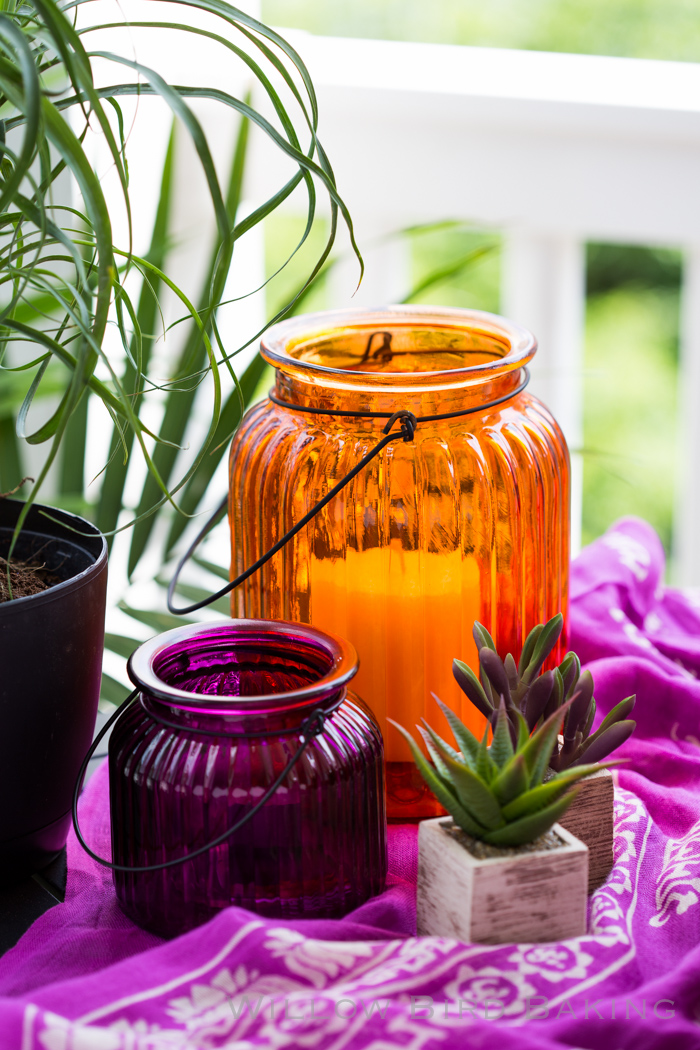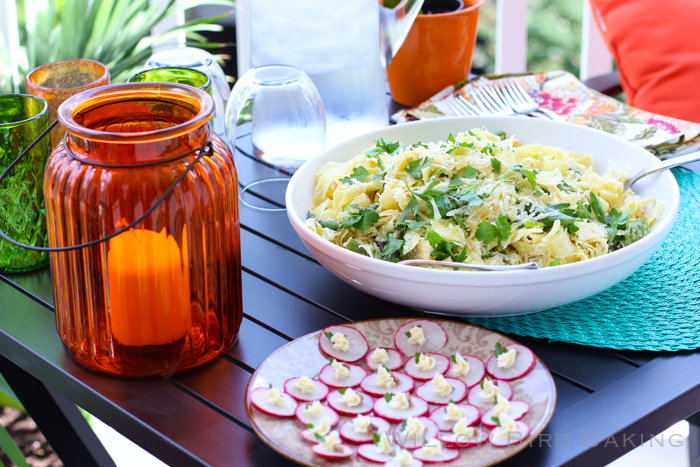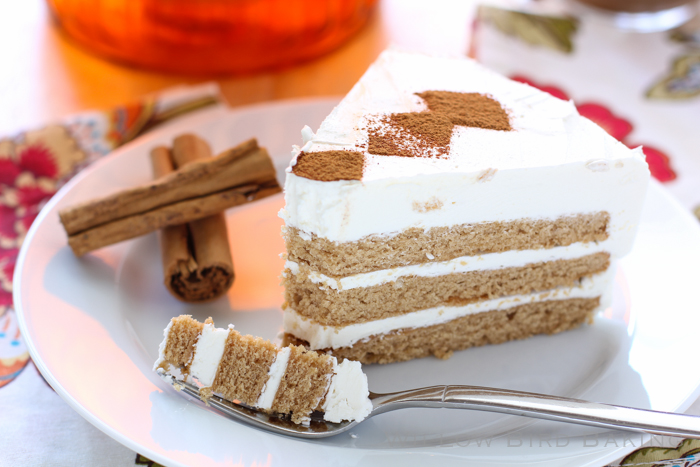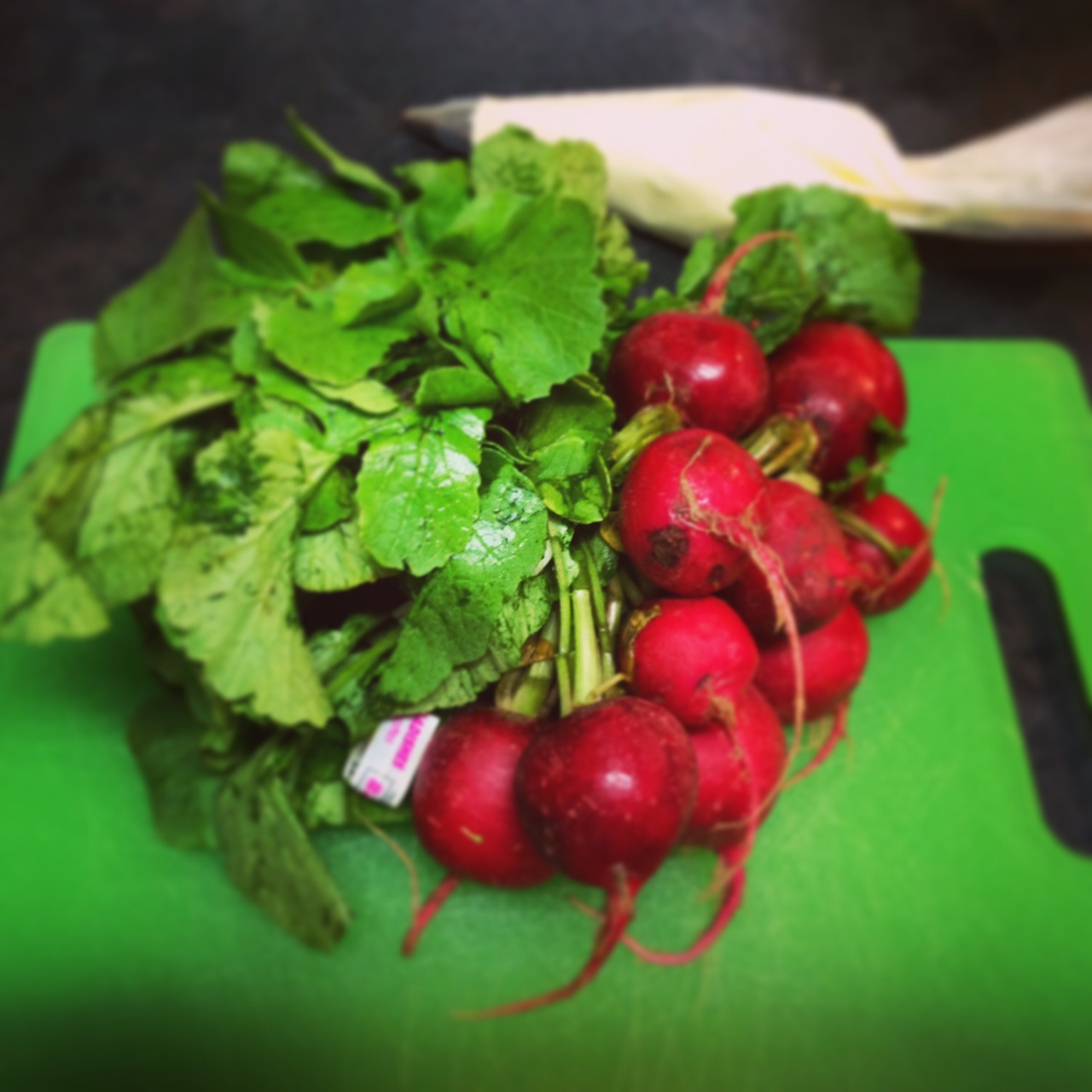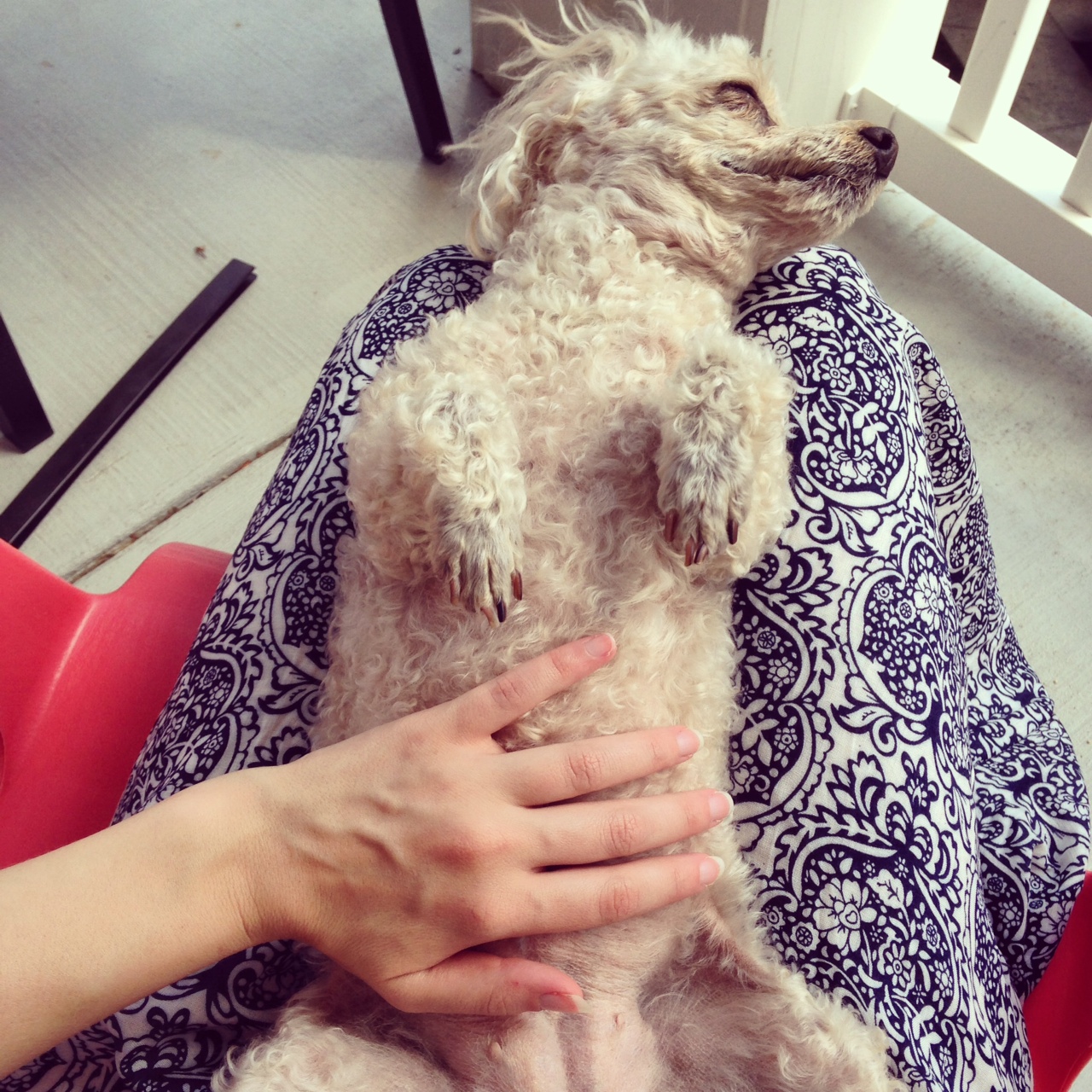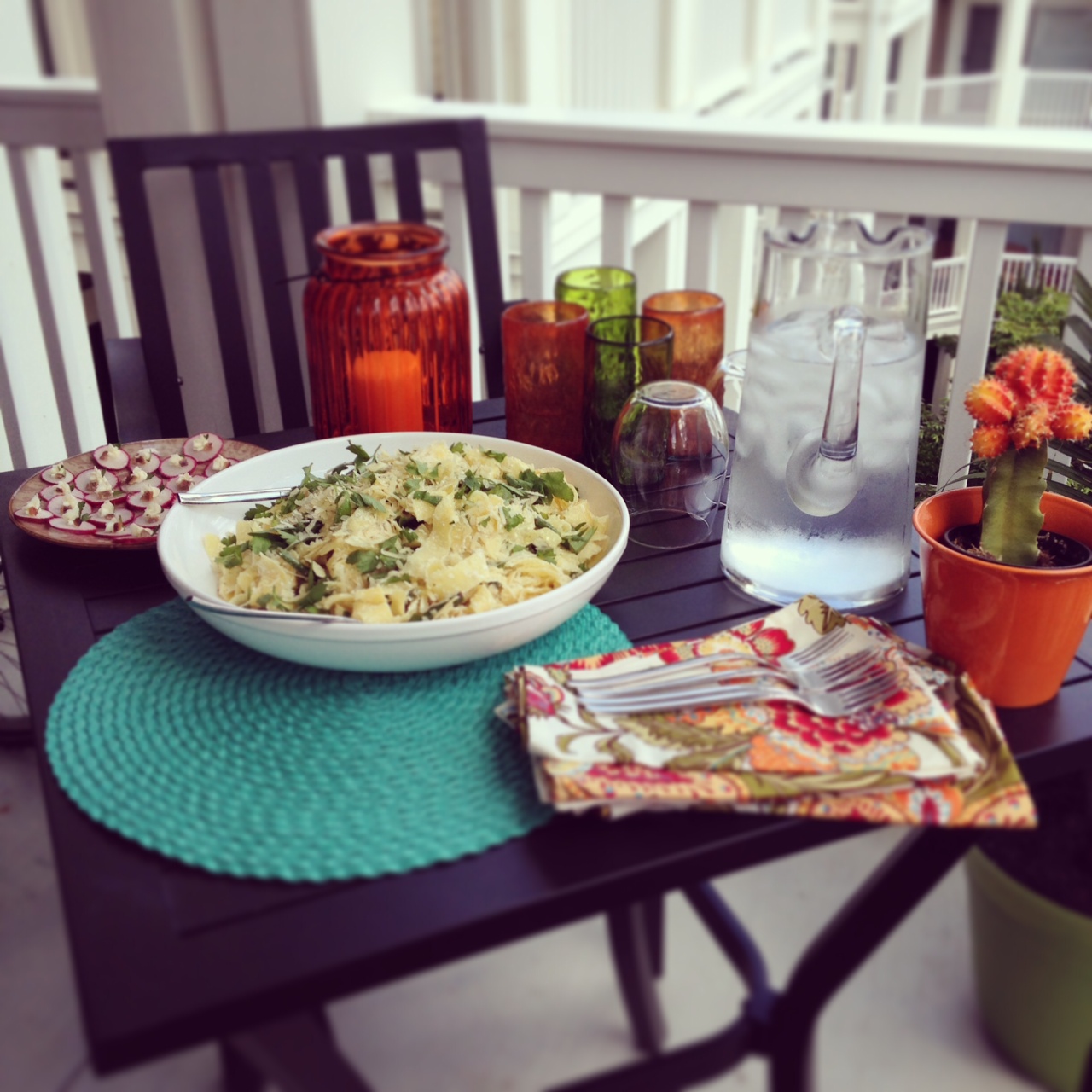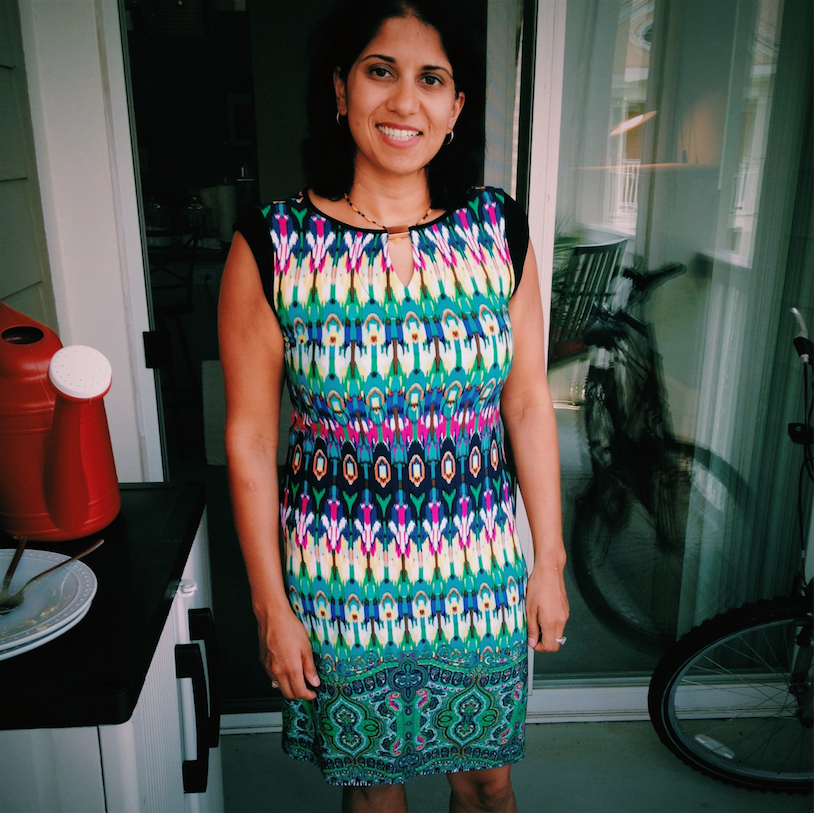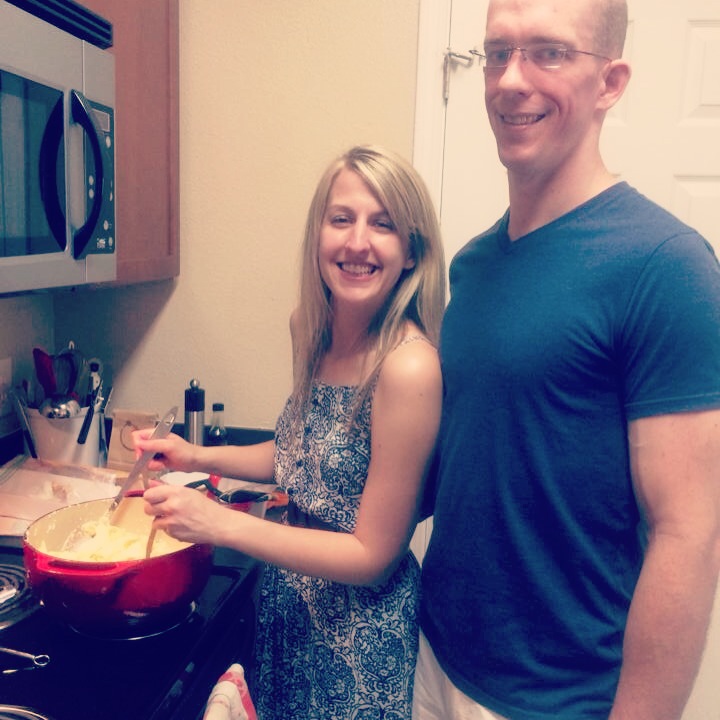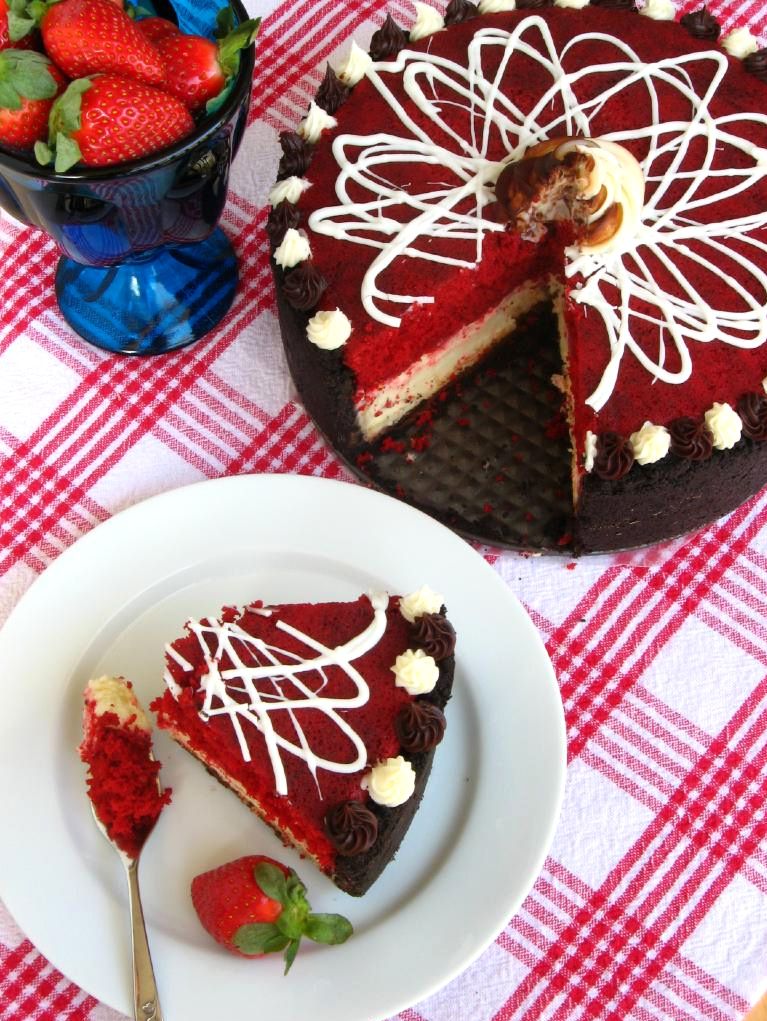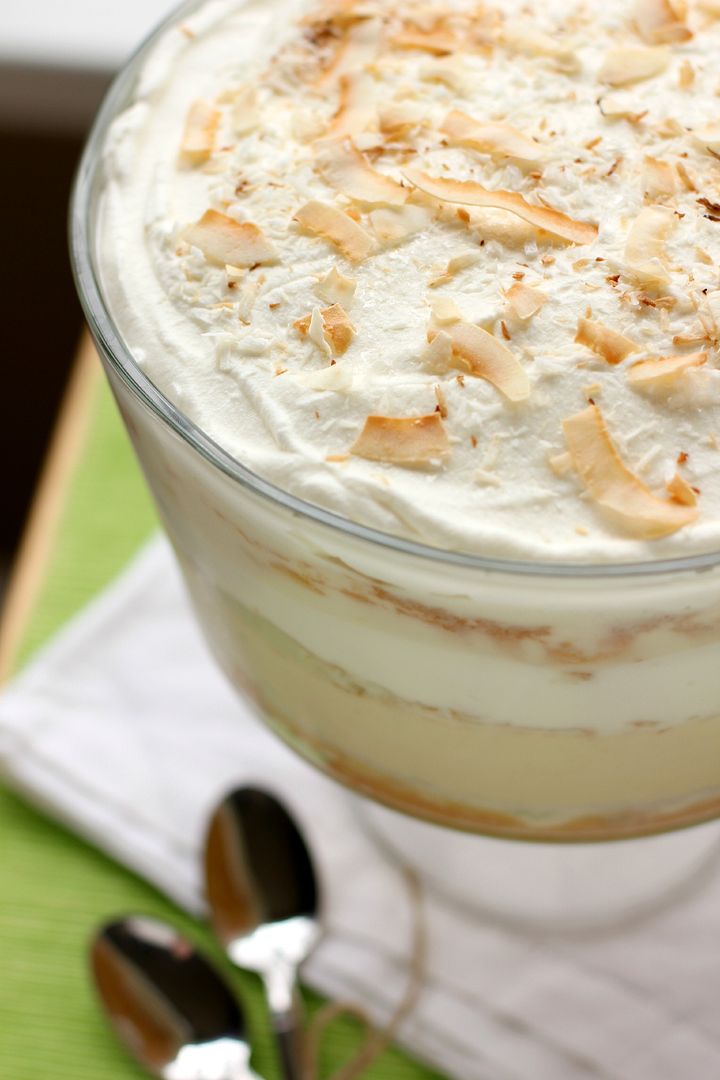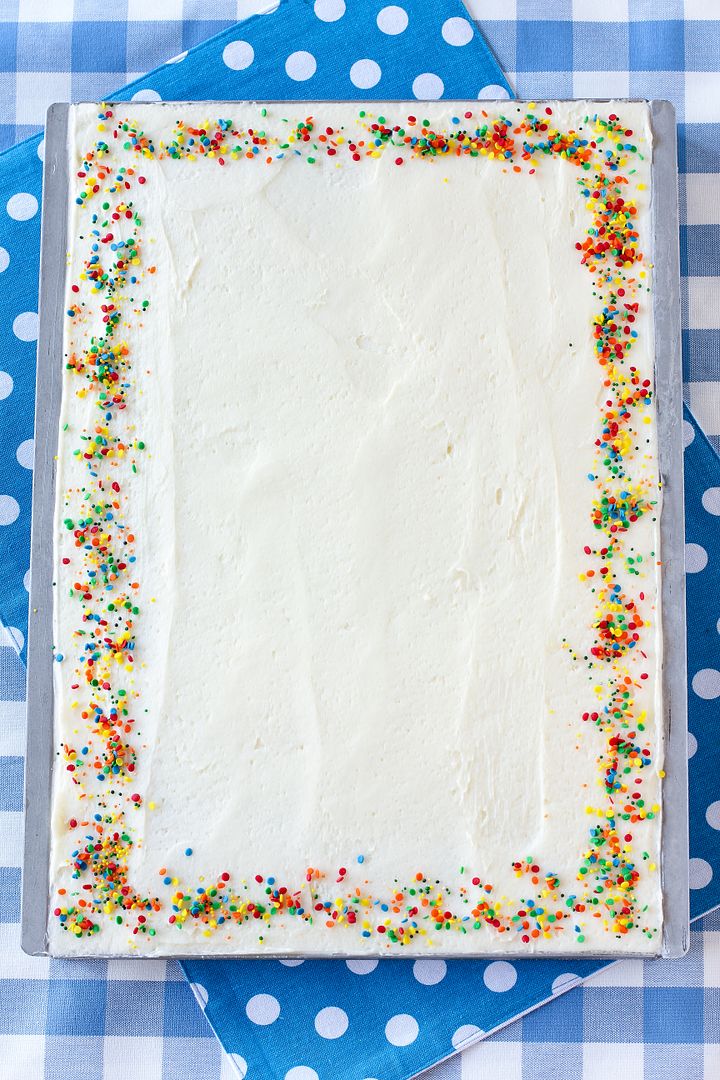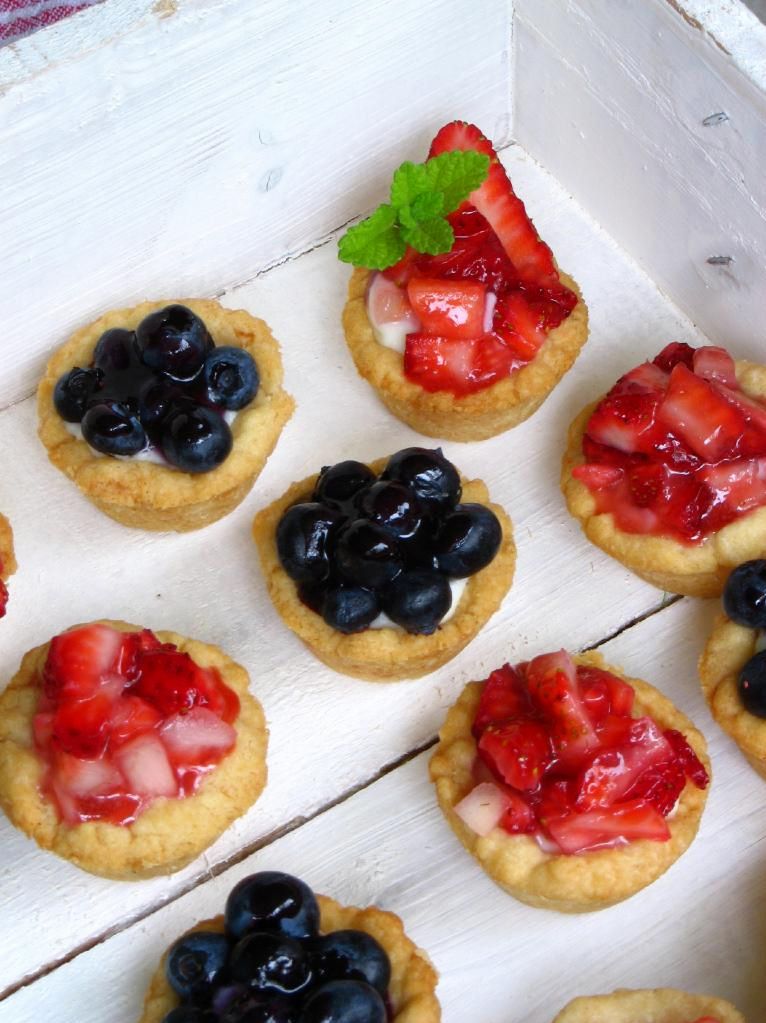I recently saw a letter written by an experienced teacher to his first-year-teacher self, and it reminded me of all the times I’ve thought, “I wish I’d known this when I started teaching.” Tomorrow is my last teacher workday before the students come back on Monday. What better time than the beginning of a new school year to write my own letter to my past self? So here it goes.

Dear Julie of 2006 (or as you’re about to be known, Ms. Ruble!),
It’s the night before the first day of school. I know you’re scared. I would tell you to get a good night’s rest, but to be honest, you’re not going to sleep much tonight. It doesn’t matter, though. Well-rested or not, you’re about to meet around 150 students who will change your life forever.
You’ll meet D, who you’ll admire for his sense of humor and his dance moves, and who will ask you all year when you’re going to let his beloved mother do your hair. You’ll meet L, who will stand up in class and scream in your face, but who needs you to forgive her and love her about as much as she needs air. You’ll meet H and P, who you will never reach. You’ll meet M, who seems impervious but who will shed surprising tears when you speak to her in anger. You’ll meet D, whose artwork will take your breath away.
You’ll meet K, and Julie . . . K will break your heart. Nothing you do will rescue that little boy from his situation. What can I say? This is going to be a tough year. But you can make it one of the most important years of your life.

You don’t lack fervor. I’m not going to tell you to be fervent. You are meticulous. I’m not going to tell you to perfect your classroom management systems. You are fretting about how students will learn science. I’m not going to advise you on unit plans. I’ve been teaching for 3.5 years now and I’m not an expert, but I’m going to tell you the things I wish you’d known.
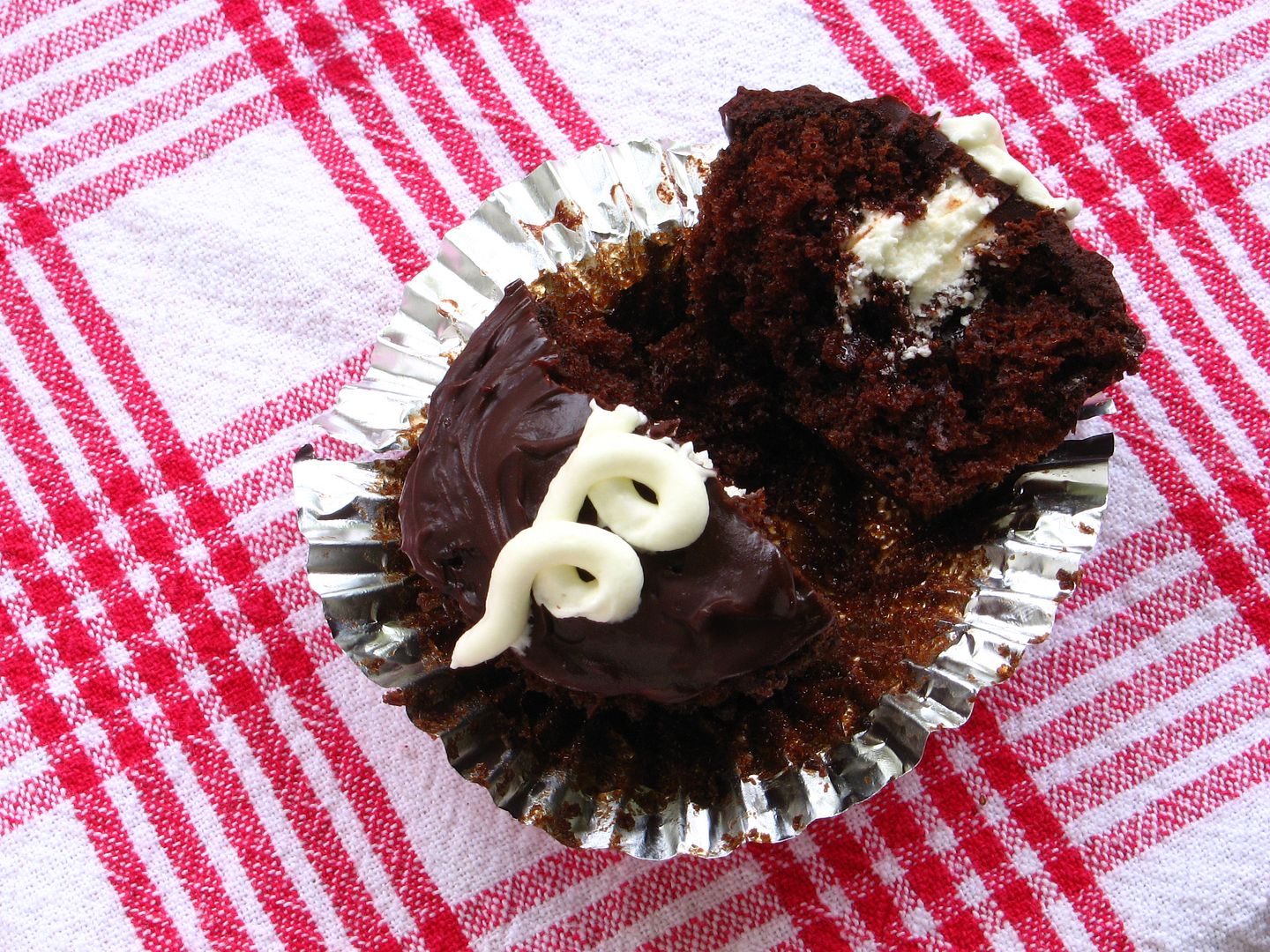
1. Teach your students to learn. There are so many standards and concepts that you’ll literally try to pack a new topic in every day this year. I know you can drag the kids along at that pace — you’re good at making things happen — but maybe you shouldn’t. You’re trying to cram little bits of application into a full day of lecturing, and that’s not really how they’re going to learn. Put the importance of teaching them every tiny fact about your subject matter into perspective.
Instead, present new information and then find resources, projects, labs, and other experiences that allow them to apply the information themselves. Let them take ownership in their learning and enjoy the process. Give them more time to read and problem-solve together. Let them come up with creative ways to study. They don’t need to remember every step of the rock cycle for the rest of their lives, but they do need to know how to gather and process information.
I know it will take too long. I know you’ll end up not being able to cover everything. But if they come out of your class with the ability to be a curious, driven learner, that’s more important than all the Earth science facts you could give them.

2. Be humble and open to new ideas. This is a lesson you’ve learned, but that you need to continue to wholeheartedly embrace. We all tend to grow up feeling like we have a good handle on how the world works. In a way, deep down, we believe we know everything and can do everything. Teachers especially can develop a superiority complex when they run their classroom well and start to have great ideas. Rather than being a vessel that accepts and pours out in equal measure, they become a faucet, spewing a thick, opaque blanket of know-it-all over their colleagues.
Apart from alienating the people who can be your greatest allies, you miss out on so much when you think you know everything. Remind yourself constantly that some of your most exciting moments in the classroom have come from trying someone else’s ideas, even when they were outside of your comfort zone. Remind yourself that others are competent professionals, too — indeed, when you move on to a different school after this year, you will be surrounded by some of the most intelligent, innovative people you’ve ever met. Remind yourself that it’s okay to ask for help.
Finally, teach your students that they don’t know everything, either. Model humility, and place them in situations that challenge their worldview.

3. Be an advocate for yourself so that you can be an advocate for your students. You’ve been lectured endlessly on being flexible, rolling with the punches, and sucking up the pain. Those things are important sometimes. But what no one’s told you yet, and what you really need to know to survive this year (and I’m not just being dramatic), is this: you are a valuable professional, and you do not have to let people take advantage of you.
You’re the sweet, young, impressionable, flexible new teacher and this year, others will try to steamroll you to further their own interests. Even if they have their students’ needs in mind, it is not okay for them to hurt you and your class. If someone tells you you have to do something unreasonable, say no. If someone tells you you have to do something that hurts your class, say no. If the administration says they won’t assist you, don’t stop insisting. This isn’t a crusade or a mission for which you have to allow yourself to be victimized. It’s your job — and it’s important for you and your students that you are treated professionally.

4. Let yourself fail, and teach your students that failing doesn’t make you a failure. You are a perfectionist, but masterfully handling dozens of unpredictable, unique children is kind of like orchestrating a synchronized swimming team . . . made up of cats. Some lessons and classroom management plans are going to flop. Someone is going to steal the popcorn you brought in as a reward for the students. Someone is going to cut every one of your students’ bean plants in half. You are going to be unnecessarily harsh to a student and regret it.
Show your students that it’s okay to make a mistake by owning your mistakes. Show them that it’s okay to apologize by apologizing to them. Show them that it’s okay to be disappointed in yourself while still loving yourself — that you can pick yourself up and move on.
There are kids who make a mistake and add it to a list in their brains called, “Reasons I Don’t Deserve to be Loved.” Show them that there’s nothing they can do to make themselves failures as long as they keep moving forward. Tell them to expect “excellence, not perfection,” as one of my coworkers said in a meeting today, and to forgive themselves when they miss the mark.

5. Most importantly, Julie, love your students. I know you think you understand how crucial this is, but you will lose sight of it. You will immerse yourself in creating classroom structure, creating lessons, developing systems. You will prioritize academic achievement without realizing that having a loving, secure environment is the bedrock on which achievement is built.
Your students may not remember the different kinds of earthquake faults, but they’ll remember that they had a 6th grade teacher who loved them. They’ll remember that even when they misbehaved, there was someone in their lives who would not give up on them. They will be changed by the fact that you listened to their ideas and treated them like valuable human beings. Stop and let yourself interact with them in a personal way that lets them know you care about them.
That’s all for now — no words of wisdom on how to organize your files or balance housework and schoolwork, because you’ll figure all of that out. You’re going to be great. And even when you’re not, you’re going to change lives and be changed. Thank God for a job where you can say that!
Love and #2 pencils,
Ms. Ruble of 2011
Fauxstess Cupcakes
Recipe by: Adapted from Annie’s Eats and Hershey’s
Yields: about 15 cupcakes
These “Fauxstess” Cupcakes are homemade knock-offs of the Hostess Cupcakes that might’ve shown up in your lunch boxes during your childhood. They were adorable additions to my elementary school throwback picnic. The tender chocolate cake is filled with a marshmallowy cream and topped with rich ganache. Apart from being cute, these things are seriously easy to make and seriously delicious!
Cupcake Ingredients:
1 cups sugar
7/8 cup all-purpose flour
3/8 cup HERSHEY’S Cocoa
3/4 teaspoon baking powder
3/4 teaspoons baking soda
1/2 teaspoon salt
1 egg
1/2 cup milk
1/4 cup vegetable oil
1 teaspoon vanilla extract
1/2 cup boiling water
Filling Ingredients:
9 tablespoon unsalted butter, softened
2 1/4 cups confectioners’ sugar
1 1/8 cup Marshmallow Fluff
2 tablespoons plus 1 3/4 teaspoon heavy cream
Ganache Ingredients:
3/4 cups heavy cream
5 ounces bittersweet chocolate chips (I love Ghirardelli’s 60% cacao chips)
5 ounces semisweet chocolate chips
Directions:
Make the cupcakes: Preheat oven to 350°F. Line two muffin pans with cupcake liners. In a large bowl, whisk together the sugar, flour, cocoa, baking powder, baking soda and salt in large bowl. Add the eggs, milk, oil, and vanilla. Beat this mixture medium speed for 2 minutes. Stir in boiling water (this will make the batter thin). Fill each well about 2/3 full of batter (be careful to not to overfill them — these cupcakes always bake up a little wonky for me, and if you overfill them, they can overflow the pan). Bake 20 to 25 minutes (I check them early and often, starting around the 15 minute mark) or until a toothpick inserted into the center of a cupcake comes out with just a few moist crumbs. Cool completely.
Make the filling: Beat the butter, confectioners’ sugar, marshmallow fluff and 2 1/4 tablespoons (I eyeballed this measurement) of the heavy cream together until fluffy. Transfer all but 3/4 cup of this mixture into a pastry bag with a narrow tip. Add the remaining 1 1/2 teaspoon of cream to the remaining 3/4 cup of the mixture and beat until smooth. Cover this and save it for decorating the top of the cupcakes later.
Make the ganache: Place the chocolate in a medium bowl. Bring the cream to a simmer in a medium saucepan (or heat it for a couple of minutes in the microwave, keeping a watch that it doesn’t boil. Pour the hot cream over the chocolate and let stand 1-2 minutes. Whisk in small circles until a smooth ganache forms.
Assemble the cupcakes: Insert the tip of the pastry bag full of cream into the bottom of each cupcake and gently squeeze cream out into the cake. It’s hard to tell how much to squeeze and for how long, but I tried to squeeze as much as possible without bursting the cupcake, and to the point where a small bead of the cream poked out of the bottom when I removed the pastry tip (I then scraped off the excess). Dip the top of each cupcake into the ganache (or, if they don’t rise above the cupcake paper, you can gently spoon the ganache on and spread it with the back of a spoon). Grab the reserved filling mixture with the extra cream and use a pastry bag with a small tip (or a plastic zip bag with a small corner cut off) to pipe curls across the top of each cupcake. Refrigerate the cupcakes to set the frosting. Serve immediately or store in an airtight container in the refrigerator.
P.S. Are you thinking up your own filled cupcake for the Willow Bird Baking Cupcake Challenge? Bake your creation and email photos to juruble ‘at’ gmail.com by Wednesday, September 7, 2011. I’ll feature your cupcake on WBB! Find more details and some cupcake inspiration here.
If you liked this post, please:
–Subscribe to Willow Bird Baking
–Follow Willow Bird Baking on Twitter
–Follow Willow Bird Baking on Facebook
–Give this post a thumbs up on StumbleUpon
 Other ways to share this post with friends!
Other ways to share this post with friends!


